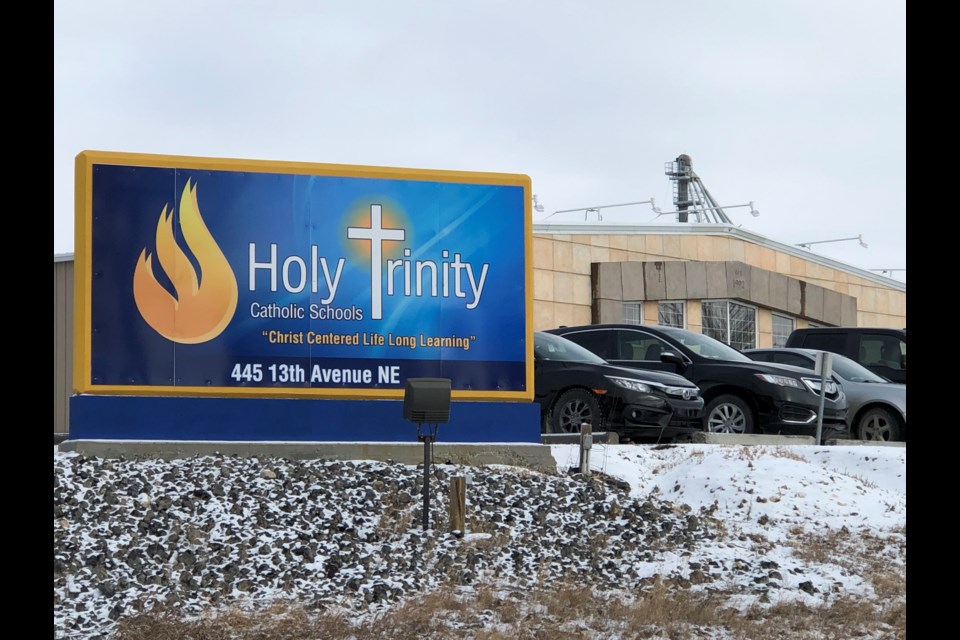The Ministry of Education considers two schools in Holy Trinity Catholic School Division to be overcapacity, but the forthcoming addition of portable classrooms will lessen those issues.
The ministry uses a formula to calculate a school’s usage rate by looking at the total floor space and the number of students enrolled in the school from the previous year. It then assigns a percentage to that school of how full it is.
Data from the school division for 2019-20 shows Christ the King in Shaunavon was at 56 per cent capacity, while in Moose Jaw, Sacred Heart had a building usage rate of 91 per cent; St. Margaret was at 62 per cent; St. Mary was at 93 per cent; St. Michael was at 90 per cent; and Vanier Collegiate was at 58 per cent.
Meanwhile, All Saints Catholic School in Swift Current was at 124 per cent capacity and St. Agnes School in Moose Jaw was at 114 per cent capacity.
Holy Trinity was fortunate to receive funding from the ministry within the past year to address these overcapacity issues, explained education director Sean Chase.
The division added a relocatable classroom to St. Agnes last September, which helped reduce the space issues. This year, the division expects to open four additional classrooms by Christmas at the joint-use school in Swift Current. Both Holy Trinity and Chinook school divisions received major funding to address the capacity issues they faced there.
“We’re really excited to move into those classrooms,” said Chase, noting when the ministry calculates those particular schools’ new floor spaces next year, those overcapacity percentages will decline to around 90 to 100 per cent.
“Those are both good news stories, and those are the two (schools) of greatest concern to us,” he added.
While the ministry works hard to adjust the formula to provide an accurate picture of schools’ usage rates, the best way to see how much schools are used is to visit them to see what instructional space is available, explained Chase.
With most schools below 100-per-cent capacity, the division can spread kids out, which is critical during a pandemic, he continued. This also allows schools to use a space as originally intended, such as an art or music room.
“Those numbers, we would consider (them) to be beneficial to the overall learning environment,” said Chase. “We’re very fortunate (to be) in a position where the last two years our asks have been heard by the ministry … . Overall, we’re pretty pleased.”




